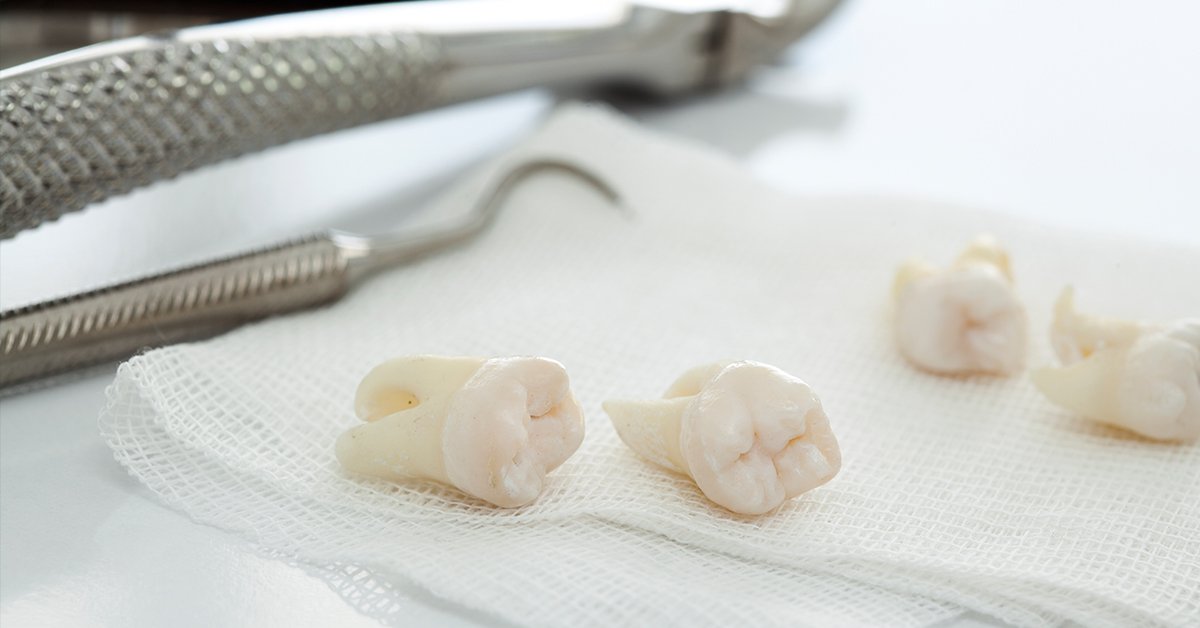We’ve all heard someone say it before—“It’s a bad tooth. Just pull it.” Simple. Dismissive. Final.
But where did this idea of a “bad tooth” come from? It’s a phrase that’s been passed down through generations, muttered in dental offices and kitchen table conversations alike. It carries a sense of inevitability, like once a tooth gets labeled “bad,” there’s no going back. Extraction becomes the assumed solution.
The truth? The myth of the “bad tooth” has deep historical roots, many misconceptions, and has been surprisingly persistent—even in an age where dental science has come a long way. In this blog, we’re diving into the origins of this concept, how it shaped dental culture, and why it’s time to rethink what really makes a tooth worth saving.
How Did The Concept of a Bad Tooth Become Part of Dental Culture?
To understand where the idea of a “bad tooth” came from, we need to rewind to a time before dentistry looked anything like it does today.
Long before X-rays, fillings, or even toothbrushes, people dealt with toothaches the only way they knew how—by removing the source of pain. If a tooth hurt, it must be “bad.” End of story.
Back then, there were:
- No root canal procedures
- No antibiotics for infection
- No composite fillings
- No concept of preventive care
The idea of a tooth being inherently bad was a survival mechanism. It hurt, it had to go. And since dental professionals didn’t exist in the way they do today, tooth removal was often handled by blacksmiths, barbers, or brave family members with pliers and a strong stomach.
So, the term “bad tooth” became shorthand for any tooth that caused discomfort—and the only remedy was extraction. Over time, that idea cemented itself into culture. Fast forward a few hundred years, and while dental care has evolved, the phrase never quite left our vocabulary.
What Historical Beliefs Influenced Modern Views On Tooth Extraction?
Let’s take a quick stroll through dental history. You might be surprised how much superstition, misinformation, and trial-by-error influenced how people treated their teeth.
In Ancient Times
- Egyptians believed tooth pain was caused by “tooth worms.” Seriously. Removing the tooth was considered the only way to get rid of the worm.
- Hippocrates and Aristotle recommended using red-hot wires to treat dental pain—and sometimes, yes, extraction.
In Medieval Europe
- Tooth pain was thought to be a form of divine punishment or a result of sin.
- The “tooth drawer” was a common figure at fairs—someone who pulled teeth in public as entertainment and relief.
18th and 19th Century
- The barber-surgeon era saw barbers not just cutting hair but also pulling teeth. (Hopefully not on the same day.)
- Without anesthesia or antiseptics, dental pain was unbearable, so the quickest fix—removal—was the cultural norm.
These early practices influenced generations of people who began to view extraction as the go-to fix. The idea that a tooth couldn’t be saved was less a scientific conclusion and more a response to limited tools and understanding.
Even as dentistry modernized, the old mindset lingered. Grandma may have gotten a full set of dentures at 40, and it wasn’t uncommon for people to have all their teeth pulled in anticipation of “bad teeth” later on. Cultural habits don’t change overnight.
Why Do Some People Still Believe in Removing Bad Teeth Unnecessarily?
Despite advances in modern dentistry, the myth persists. Why?
1. Fear of Pain
For many, a toothache triggers panic. The idea of “getting it out” quickly feels like the fastest route to relief. But extraction doesn’t always solve the underlying issue—especially if it’s part of a broader dental health problem like gum disease or bite misalignment.
2. Misinformation
Some patients simply don’t realize there are other options. Root canals, crowns, even deep cleanings can often save teeth that feel “beyond repair.” But if no one has explained that, they might default to extraction.
3. Cultural Inheritance
We inherit more than just eye color from our parents—we inherit attitudes. If your family always viewed teeth as disposable, you might too. The “pull it and be done” mindset is often handed down, not questioned.
4. Cost Assumptions
People often assume extractions are cheaper than restorative care. While that might be true upfront, replacing a missing tooth with an implant or bridge can be significantly more expensive down the line.
5. Quick Fix Mentality
We live in an age of fast fixes. Extraction feels like a definitive solution—immediate and final. But just because something’s quick doesn’t mean it’s best.
How Has Dental Science Challenged The Idea of a Bad Tooth Over Time?
Here’s the good news: modern dental science has completely flipped the script. A “bad tooth” isn’t a life sentence anymore. In many cases, it’s just a signal that the tooth needs a little extra care.
Let’s talk facts.
- Root canals can save teeth with deep decay or infection.
- Crowns can restore structure and function.
- Antibiotics can clear up infections when paired with proper dental treatment.
- Preventive care can catch problems early—before they ever become “bad.”
Dental professionals today prioritize conservative treatment—meaning they aim to save your natural teeth whenever possible. And that’s not just for sentimental reasons. Your natural teeth are often better for your jaw, bite, and long-term oral health than any replacement.
Modern Tools Changing the Game
- Digital X-rays for more accurate diagnosis
- Laser dentistry for minimally invasive treatments
- Sedation options for pain-free procedures
- 3D imaging and intraoral cameras for patient education
The more tools dentists have, the fewer extractions are needed. What might’ve been a lost cause in the 1950s could be an easy fix today.
Also important? Education. Dentists are now much more focused on helping patients understand their options. The “pull it or leave it” mentality is fading—thanks to better communication and more personalized care plans.
So the next time someone says, “It’s just a bad tooth,” take a pause. Ask more questions. Because more often than not, there’s a story behind that tooth—and a solution that doesn’t involve losing it.
We’re living in a time where dental care is smarter, kinder, and more effective than ever before. The myth of the “bad tooth” may have been rooted in centuries of fear, pain, and misinformation—but today, we know better.
Teeth aren’t bad. They’re just misunderstood.
Let’s Redefine What Makes a Tooth Worth Saving
Here at River District Smiles Dentistry, we believe no tooth should be written off without a second look. Whether you’re dealing with chronic pain, an old filling, or something that just doesn’t “feel right,” our team is here to offer real answers and modern solutions. We combine science, experience, and compassion to help you make informed decisions—not rushed ones.
Don’t let the myth decide for you. Let’s talk about options—and save that smile. Schedule your consultation today and experience a better way to care for your teeth.


